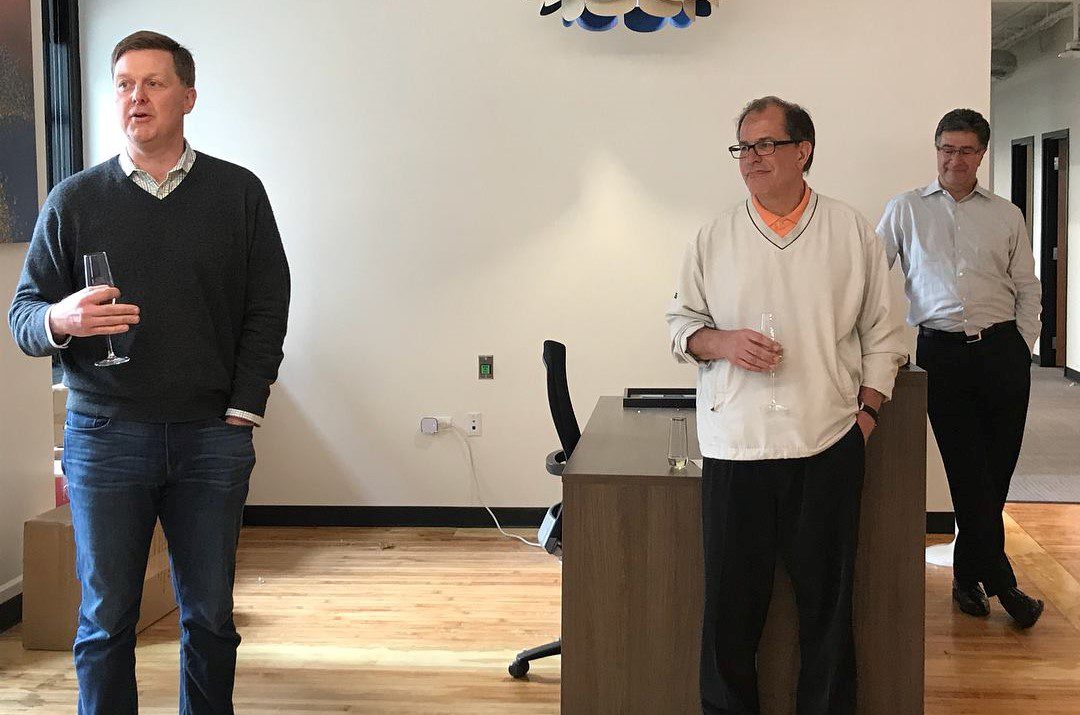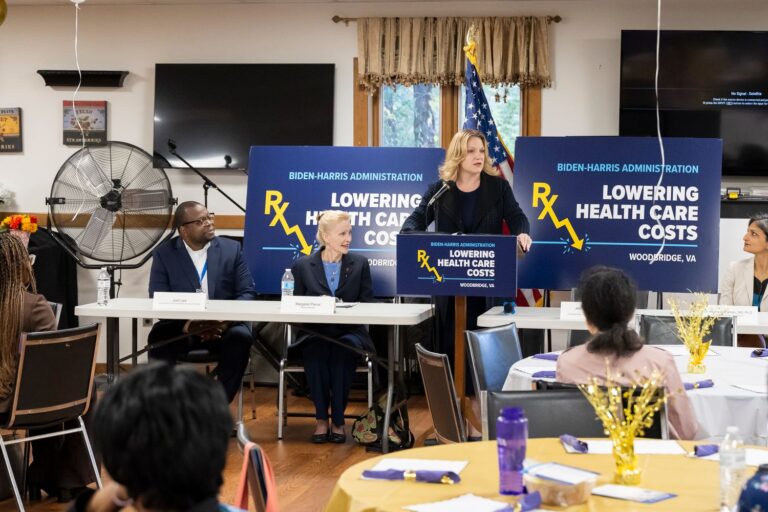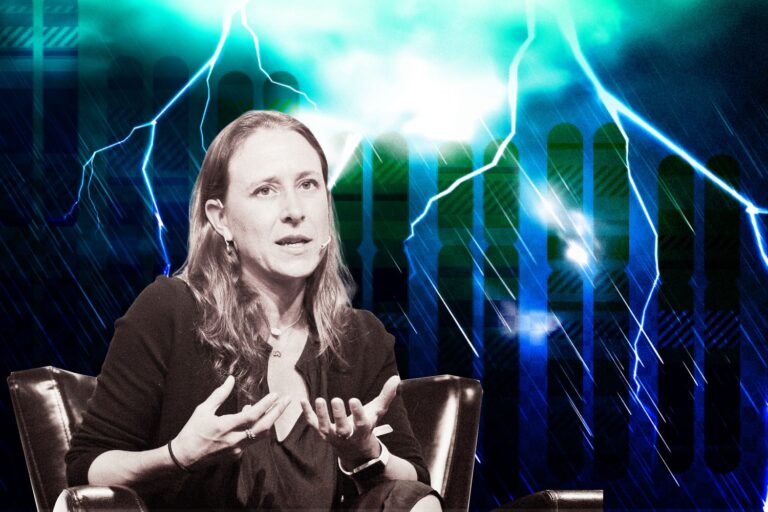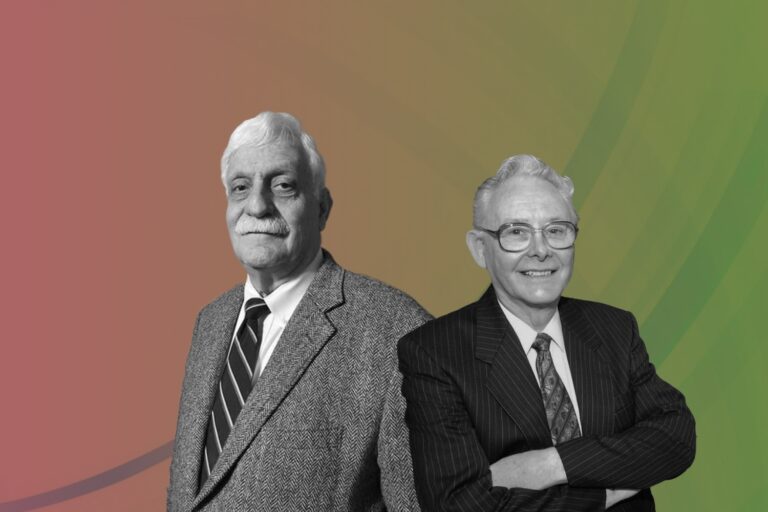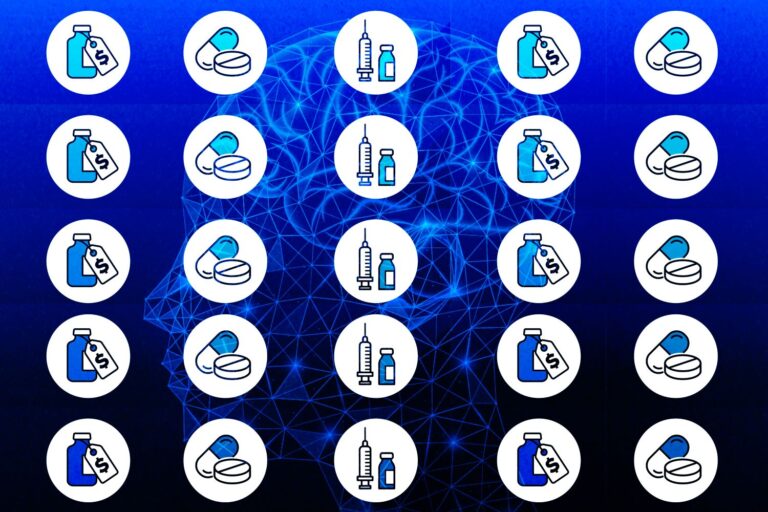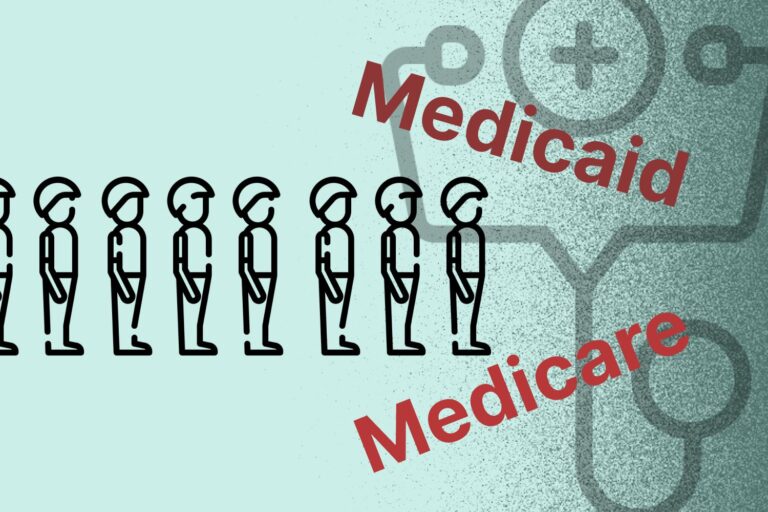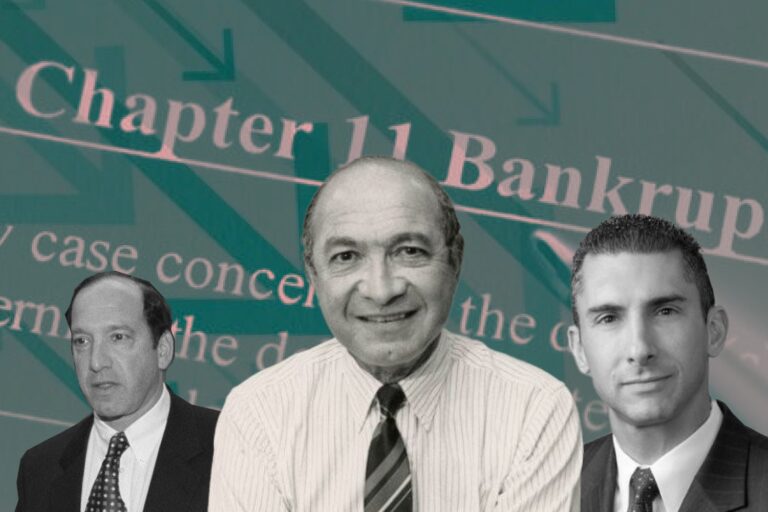How VillageMD’s Primary Care-Led & Tech-Empowered Model Becomes A Game Changer?
Technology has ingrained and delivered incredible impacts in every single facet of human lives – and of course, the healthcare system is not going to be an exception. From medical research and diagnosis to treatments and communications, technological innovations within the scene have made their way into almost all industry-specific aspects, thereby redefining the way healthcare services are offered. And when it comes to leveraging technology and adopting a ground-breaking approach to enhance the quality of medical care, VillageMD emerges as a prominent example.
Incorporated in 2013 by three passionate physicians, the Chicago-based startup has been well-renowned as a leading provider of healthcare for organizations moving toward a primary care-led, high-value clinical model. “We’ve created a model of care that transforms the way physicians and patients experience healthcare,” stated Tim Barry, VillageMD co-founder & CEO, in a press interview. Let’s read on to uncover how this value-based health tech venture was conceptualized and has disrupted the healthcare landscape onwards.
Inspirational Story from VillageMD as a Primary Care-Led Game Changer
For decades, the spiraling cost of healthcare and how to fix it have been deemed an alarmingly paradoxical issue that remains unaddressed. Actually, in the United States today, nearly $4 trillion per year is spent on healthcare, in which roughly 20% of patients who have chronic conditions drive about 85% of the nation’s total annual medical spending. Whilst primary care physicians are best positioned to quarterback care for these patients, for too long they had not been armed with essential resources to provide the care they know is best.
As shared by Tim Barry, “the single clinical profession that is best equipped to care for people that have chronic disease is primary care.” Nevertheless, “primary-care doctors — people who go into the profession of family practice, internal medicine and geriatrics — have been given a raw deal.” In fact, “our industry has failed those practitioners because we’ve not given them both the technology and the supportive resource that they need to be able to deliver the best care they possibly can for those people who have chronic disease.”

And this was exactly why VillageMD was brought to life. “We saw this opportunity and said we’re going to solve it.” Tim Barry, Clive Fields, and Paul Martino came together with a passion to fundamentally change the trajectory of healthcare by leveraging a clinical model that would anchor around primary care physicians, giving them the tools and resources needed to fulfill their Hippocratic oath to care for patients to the best of their ability. “We started providing the doctors with more resources, more data — all these tools and capabilities so that they can deliver care 24 hours a day, seven days a week,” stated VillageMD co-founder & CEO.
“We know a primary care-led model that enables high-quality care, addresses the needs of the healthy and sick, and improves the lives of all within our communities has the potential to transform healthcare.”
– Tim Barry, VillageMD Co-Founder & CEO
The first market launch of VillageMD was in Houston in October 2013 with an independent primary care practice of 13 physicians. Such a highly engaged physician body was led by Clive Fields, M.D. Having already worked in risk-based arrangements, those physicians were in search of support to deliver the enhanced level of quality, cost-effective care that they knew was possible.
“Knowing there must be a better way to deliver consistent, coordinated and personal care to all patients at a lower cost, we started to partner with physicians to provide the tools, technology, operations, staffing support and industry relationships to deliver high-quality clinical care and better patient outcomes in both a fee for service and value-based care environment,” shared Tim Barry. He went on to add, “In the early years of implementing the model at practices in Houston, we realized that the promise of coordinated, cost-effective care is infinitely achievable.”
Actually, since partnering with VillageMD, this market has grown to cover up to 200 physicians and the group has become one of the largest primary care groups in Houston.
“While there are several industry dynamics that provide a lot of wind at our backs, the single biggest factor shaping our organization’s roadmap is a constant commitment to making life better for the physicians and patients we serve. Every investment we make is tied to our ability to help primary care physicians deliver the best care possible to patients,” commented Barry.
In a non-stop effort to expand their business, three VillageMD passionate entrepreneurs strived to leverage their extensive clinical experience, tap into their healthcare leader community while also surrounding themselves with outstanding partners, advisors and investors. Besides business scale-up, VillageMD – through its subsidiary Village Medical, has grown into one of the leading, national providers of value-based primary care services.
Though VillageMD appeared to yield resounding yet quite smooth success, shifting to primary care-led models did require a fundamental mindset change. Beyond any doubt, the Chicago-based startup has been taking a groundbreaking approach in a system that can be notoriously slow-moving and resistant to change. In fact, early on, the company had to provide a great deal of education on how a value-based and primary care-led model could drive critical improvements in healthcare quality and cost reduction outcomes. It was a real struggle for certain practitioners, who were already accustomed to traditional delivery models, to understand and embrace the potential for a novel model of care delivery.
Though, no matter how challenging this was, several doors that closed a few years ago are now opening as the merits of the model have been proven!

“We’ve created a model of care that transforms the way physicians and patients experience health care. Our vision is to help patients achieve greater health by delivering the most effective, accessible and efficient health care in the world. We know this is ambitious, but we embrace the challenge as leaders in our space and have seen results that prove it works. We’ve developed our own core values to help us continue to drive toward this vision: Get stuff done, build trust, and innovate.”
For the time being, VillageMD has evolved to deliver on that mission in several unique ways:
docOS:
docOS, as VillageMD’s first-of-its-kind primary care-centered operating system, is designed to unify and normalize patient data across electronic medical records (EMRs), payers, hospitals and skilled nursing facilities. This technology platform aims to offer physicians crystal-clear insights that empower them to anticipate patient needs, intervene early as well as proactively manage conditions. Built in collaboration with physicians, docOS works with existing practice workflows, eliminating a myriad of unnecessary daily administrative tasks for physicians instead of creating new ones.
Village Medical:
Since its launch in late 2019, VillageMD’s state-of-the-art Village Medical primary care clinics have brought the VillageMD primary care-led model to patients in convenient neighborhood locations. Patients are granted chances to receive high-quality and coordinated care in their own community and adjacent to Walgreen’s pharmacy – the second-largest pharmacy store chain in the United States and also VillageMD’s strategic partner. Within these clinics, primary care physicians enjoy the benefit of VillageMD analytics, a team-based approach to care and support from a highly-trained staff to offset and even exclude time-consuming paperwork so they can redirect their time to practicing medicine.
Village Medical at Home:
Briefly explained as an extension of the primary care physician’s office, Village Medical at Home helps to apply the Village primary care model into the home of complex and chronically ill patients who are otherwise unable to receive regular care due to mobility, social or financial barriers.
At present, VillageMD and Village Medical have grown to include more than 2,800 physicians across nine markets while being responsible for more than 600,000 lives and managing approximately $4 billion in total medical spending in value-based contracts. It is recently reported that VillageMD, which last year got a $1 billion investment from Walgreens Boots Alliance, is considering an initial public offering (IPO). If so, Walgreens-Backed VillageMD could be the latest primary care IPO to boost its expansion efforts.

Two Core Success “Ingredients” of VillageMD that Fix What’s Broken in Primary Healthcare
#1. Leveraging HealthTech Innovations
Living with diabetes, chronic obstructive pulmonary disease (COPD), or hypertension, chronic-condition patients are not on a part-time schedule such that their condition only affects them when they enter doctors’ offices. Instead, it’s something they live with 24-7; thereby, primary-care providers signing on to the Village MD platform are doing so since they wish to be able to really structure patient care plans around that reality.
With an aim to free up primary care physicians to offer that kind of care, VillageMD has adopted a variety of tech-empowered mechanisms. Taking doctors out of the business of managing the byzantine billing systems that U.S. healthcare is famous for, VillageMD pays them a salary while taking on the world of billing Medicare, Medicaid and private insurance on the back end.

More importantly, the primary care leader does grant access to a cutting-edge suite of telemedicine and digital-management tools that facilitate doctors to do what they went into medicine to do as well as drive better patient outcomes through treatment.
True to the company’s name, VillageMD – as a village of medical doctors – also makes doctors just part of a comprehensive care team that does include pharmacists, social workers and others who collaborate to ensure patients fully execute their treatment plans. Such collaboration, with the aid of technology platforms, allows the healthcare provider to directly take on one of the bigger — and most expense-driving — challenges in patient care: non-compliant patients who don’t take their medicine or follow through on treatment plans once they leave a doctor’s office.
“The goal is to offer an access point to a comprehensive model that says: ‘For as long as you’re trying to manage a condition, we’ve got a team of people and we’ve got a set of technologies that are going to be working with you to make sure that we get better outcomes,” stated Barry.
Leveraging these technologies, VillageMD reports witnessing significant improvement in medication-adherence rates, part of which is to make sure that patients can afford their medications and that they know how to take their medications, what foods they should and shouldn’t eat when they’re trying to take the medicine. Huge efforts and resources invested to earn the greatest efficacy out of the treatments accordingly result in a critical increase in adherence rates.
In practice, better adherence and more comprehensive patient management help to kick in a virtuous cycle in terms of cost. Let’s take an example! When diabetic patients comply with doctors’ advice and take their medications properly, their blood sugar levels typically go down; then, they have fewer serious medical complications that land them in the emergency room or admitted to a hospital and their overall health improves. As a result, the incidence of high-cost interventions decreases, lowering the patients’ costs of care.
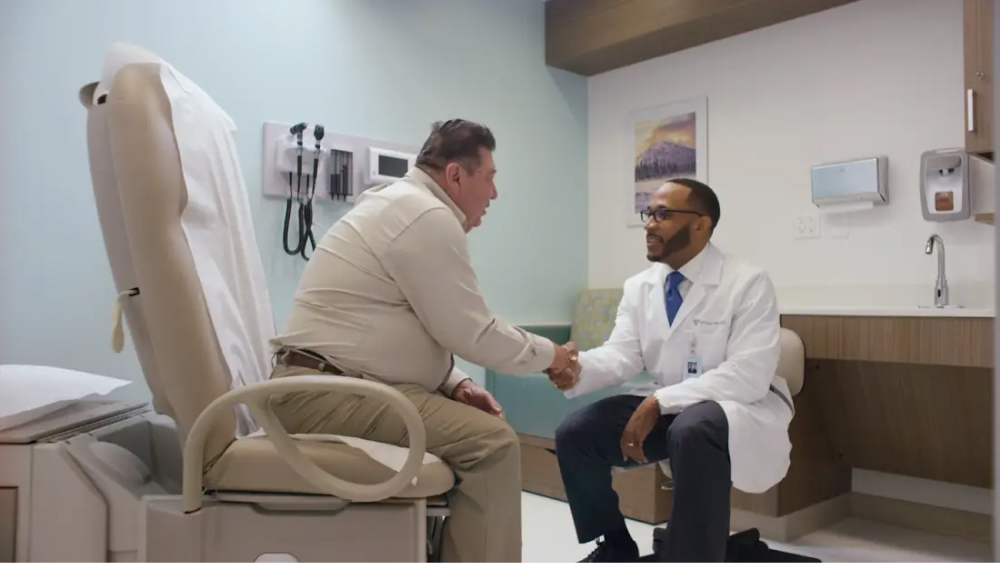
Beyond any doubt, such prevention practices do wonders for both the patient(s) and the medical system as a whole, compared to doing heroic interventions when someone’s condition has gone from chronic to critical.
#2. Embracing Strategic Partnership with Walgreens
After decades of dawdling with a problem that has been steadily building up, the U.S. healthcare system now finds it as a “$4 trillion problem with the inefficiency” and as such is finally looking ready to embrace the idea that major change is essential. Actually, middle-income Americans, in the face of out-of-control cost growth, are seeing even moderately serious health issues taking a major bite out of their savings.
Regarding this, Barry commented, “We have to be comfortable as a society to acknowledge that if we spend $10,000 on healthcare, $3,000 of that might easily be coming out of someone’s paycheck because patients are paying for it.” He emphasized, “We can’t ignore that. We have to acknowledge that this creates barriers to healthcare and creates barriers to access. We know the cost of healthcare in this country should not be more than the cost of a mortgage, but yes, it is.”
Notably, it is the low-income and other medically underserved communities where chronic-illness cases outstrip national averages and the situation is worse — the system is stranding patients with a physical lack of access to the care they need.
Given that, the Walgreen partnership, along with its Primary Care clinics, is the beginning of spreading out that access to a rebuilt experience of primary care physicians, with wider scale. Different from the “minute clinics” offering at an increasing number of convenient stores, the VillageMD clinics are not meant to be alternatives to emergency rooms, useful though those types of facilities are. Instead, these have been establishing access points for patients who might not otherwise gain access to primary care services that are comprehensive and not entirely tied to episodic office visits.
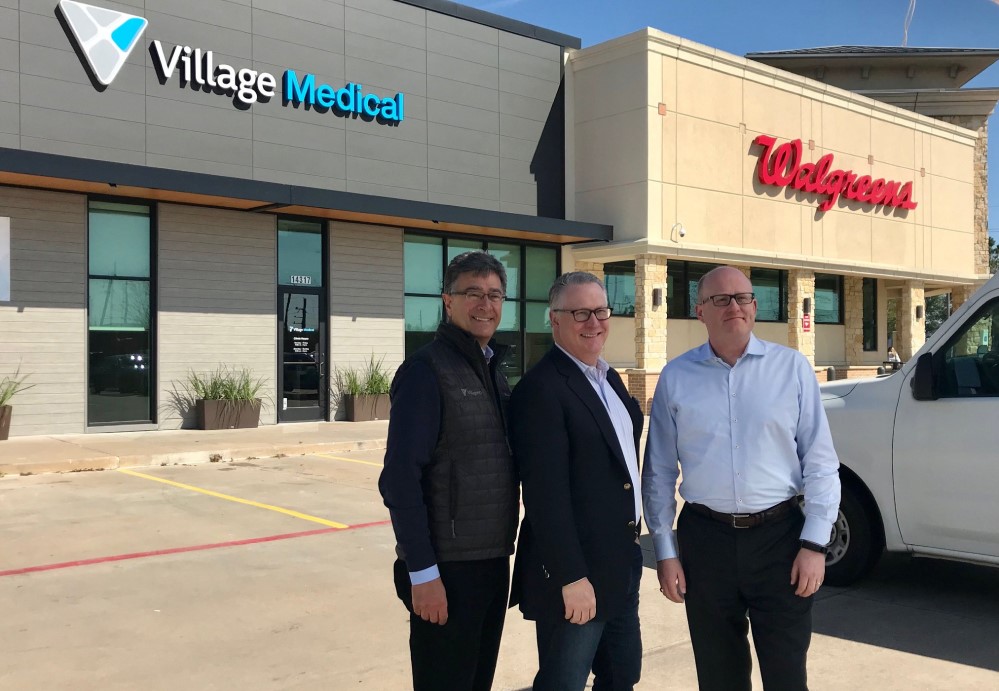
“At Village Medical at Walgreens, our experienced physicians and providers work closely with Walgreens’ pharmacists every day to ensure patients get accessible, personalized and coordinated care when they need it,” shared Tim Barry. “In today’s complex healthcare environment, this integrated model of care is more important than ever. When patients adhere to the appropriate care and medication regime, health outcomes improve.”
Today, chronic patients also don’t have to overcome the friction of finding a primary care physician or traveling to a major metro hospital an hour away from their homes. To make primary care even more effective, VillageMD has implemented a plethora of initiatives to ignite its presence and accessibility.
“We should always be focused and incentivizing clinical outcomes,” he said. “We should be talking about … driving to a better experience for someone, because when they’re feeling good about the care they receive and motivated for additional positive behavior change, that improves their health. [That’s] a good thing for them — and good for them, as it turns out, is also what is good for the whole system.”
The Bottom Line
“The best interest for our patients is to have a physician’s voice at the center of the table, wherever decisions are made,” stated Clive Fields, MD, Co-Founder & Chief Medical Officer. Since its inception in 2013 as a small Chicago-based startup, VillageMD has undoubtedly accomplished its core mission to fundamentally reshape the trajectory of healthcare by leveraging a value-based primary care-led model. As VillageMD continues its journey to transform the healthcare sphere, more and more significant disruptions are expected to come up.

